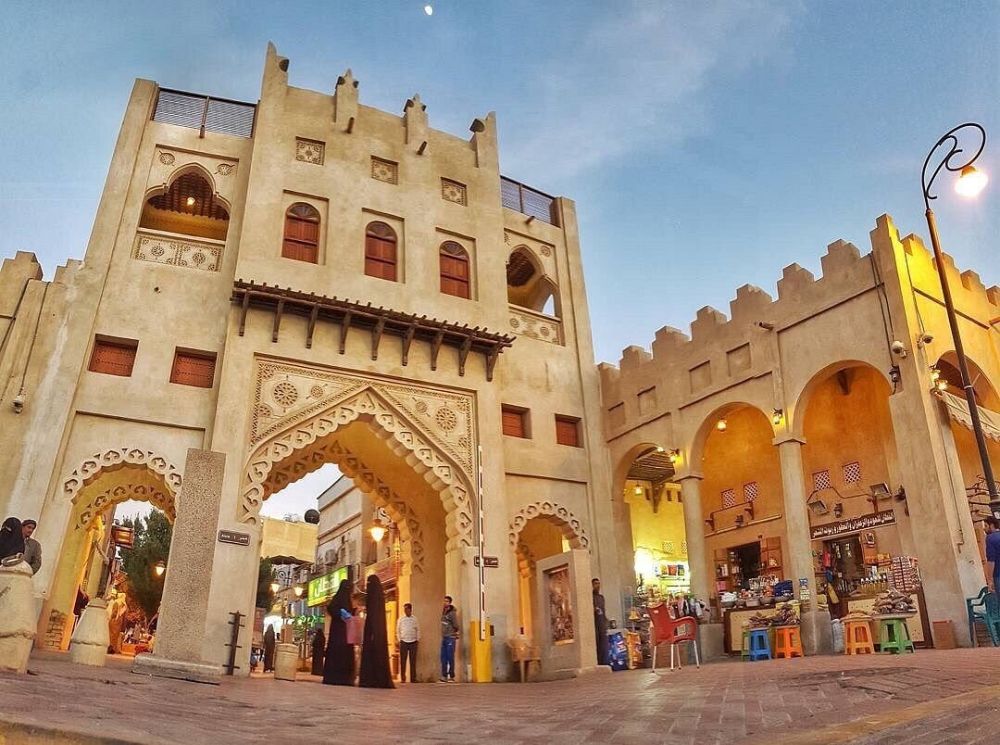

Located in the oasis of Al Ahsa, Qaisariya Souq is one of the oldest traditional marketplaces in the Kingdom of Saudi Arabia, with a rich history that stretches back over several centuries. This extensive souq has remained a bustling center of trade and social interaction since its inception, surviving through various periods of history.
The history of Qaisariya Souq dates back to around the late 18th century when it was established during the Ottoman rule, which is reflected in the name 'Qaisariya,' meaning 'Caesarean' or 'Imperial.' This historical market has been an indispensable component of the local economy, where merchants from across the region would gather to sell a multitude of goods ranging from spices and textiles to jewelry and traditional handicrafts.
The market's architecture is a testament to its age, featuring narrow lanes and old-style shop fronts that echo the traditional way of life. Over the years, Qaisariya Souq has witnessed numerous renovations and reconstructions, especially after natural occurrences such as the 2018 floods that prompted restorative efforts to preserve its historical essence while providing modern comforts for both vendors and visitors.
In recent years, there has been a significant effort by the Saudi Arabian government to promote tourism as part of the Vision 2030 agenda. This has resulted in the restoration and promotion of historical sites such as Qaisariya Souq. As a result, the attraction has seen an increase in visitors seeking authentic cultural experiences and opportunities to purchase traditional goods.
Cultural and Heritage Tourism is currently a growing trend in the region. Visitors to the Qaisariya Souq are not only interested in shopping but also in experiencing and learning about the local culture, history, and way of life. With Saudi Arabia opening up to tourism, more people are seeking out these authentic experiences.
Further, Sustainable Tourism practices are becoming increasingly important, with a focus on preserving the rich heritage and natural environment of Al Ahsa. Another notable trend is the use of Digital Technology to enhance the visitor experience, including virtual tours and interactive maps that make it easier for tourists to navigate the maze-like souk.
Guests to the Qaisariya Souq can still feel the pulse of traditional commerce as they walk through the arched passages, haggle with vendors, and savor local delicacies. It is particularly famous for dates, representing the abundant date palms that characterize the Al Ahsa region. Workshops and handcrafted items showcase the skilled craftsmanship of local artisans, offering a unique take-home memory of Saudi culture.
The revival of interest in the cultural heritage of Saudi Arabia with events and festivals has also provided additional allure to destinations like the Qaisariya Souq, which celebrate historical craftsmanship and offer an immersive cultural journey.
Looking forward, the Saudi government is committed to the conservation and promotion of the Qaisariya Souq as part of a broader tourism strategy. There is an emphasis on both protecting the historical integrity of the site while developing necessary tourist infrastructure to support increased visitor numbers. This delicate balance aims to provide an enriching experience for tourists and a sustainable future for one of Saudi Arabia's treasured historical marketplaces.
Bold and forward-looking strategy combined with a respect for tradition is what makes Qaisariya Souq an integral facet of tourism in Al Ahsa, Saudi Arabia, beckoning visitors from around the world to discover its storied past and vibrant present.